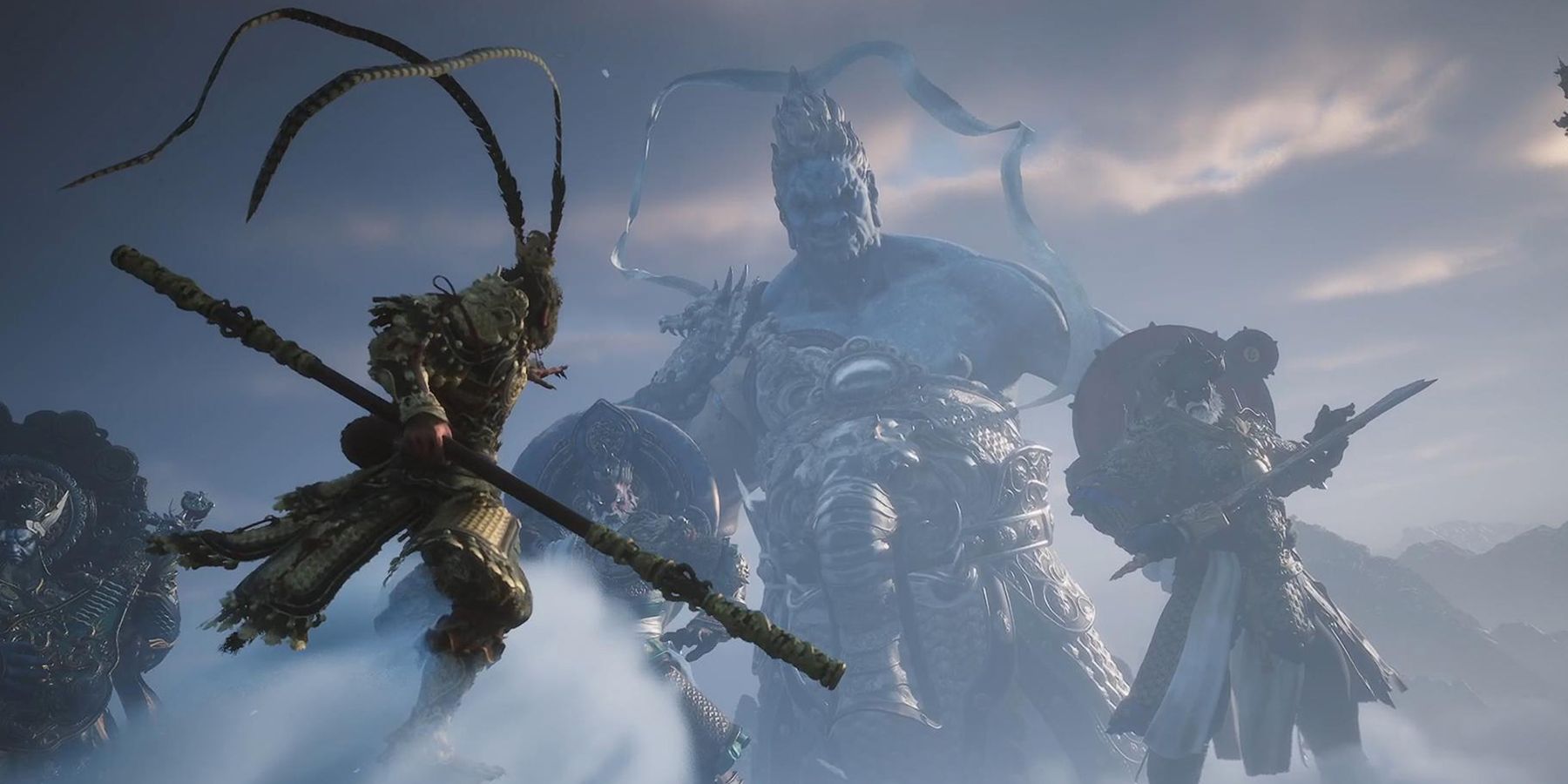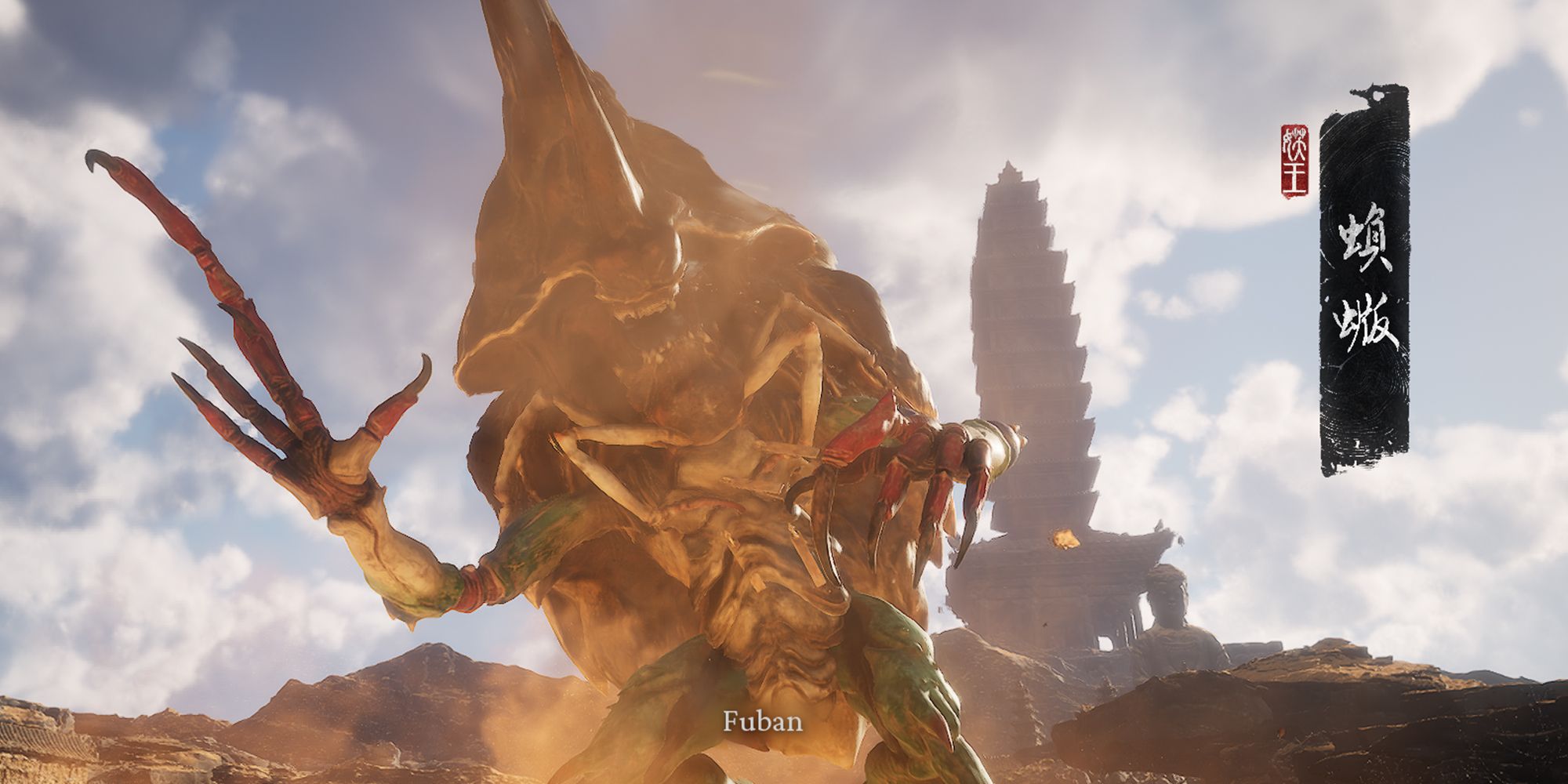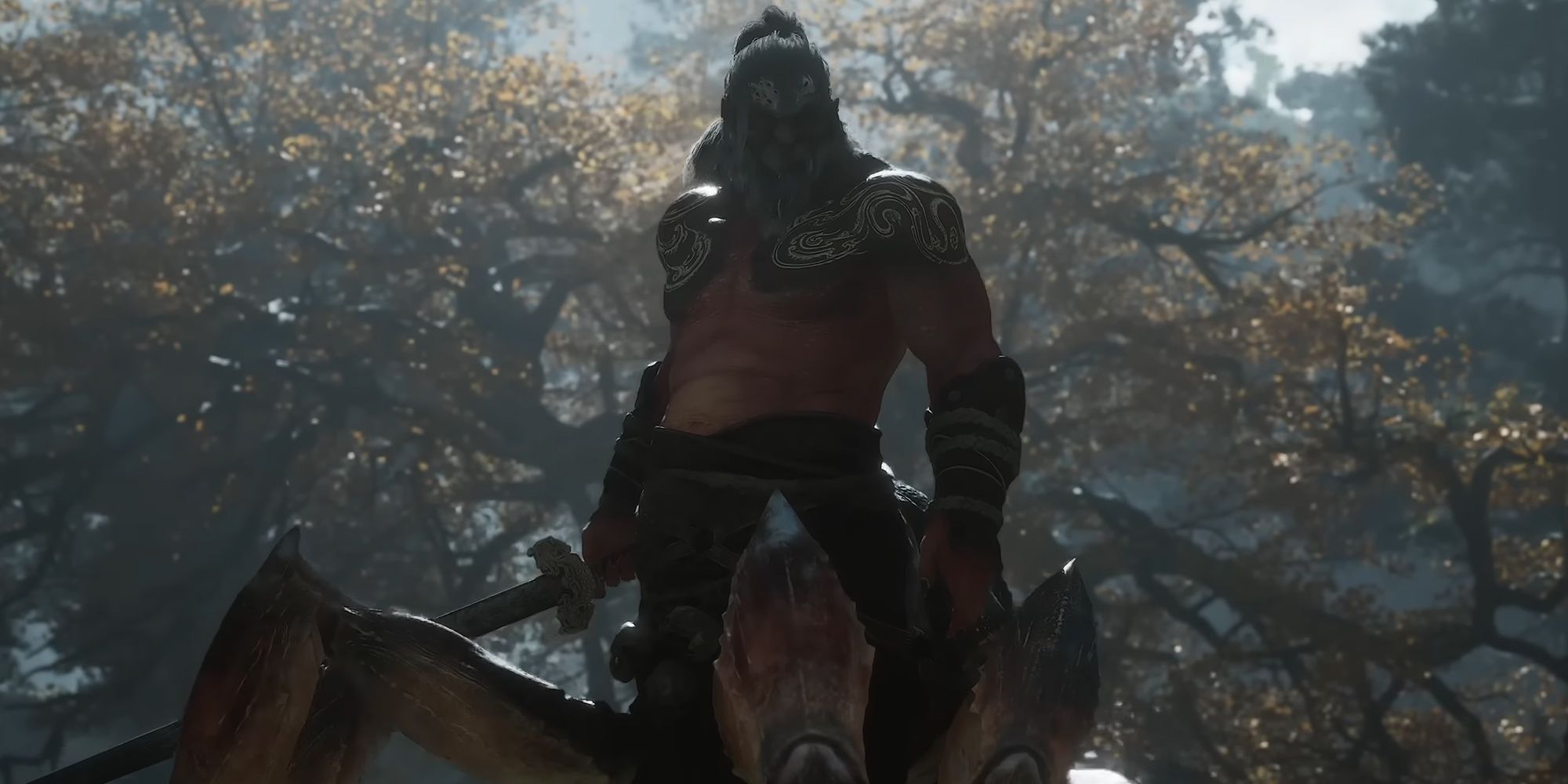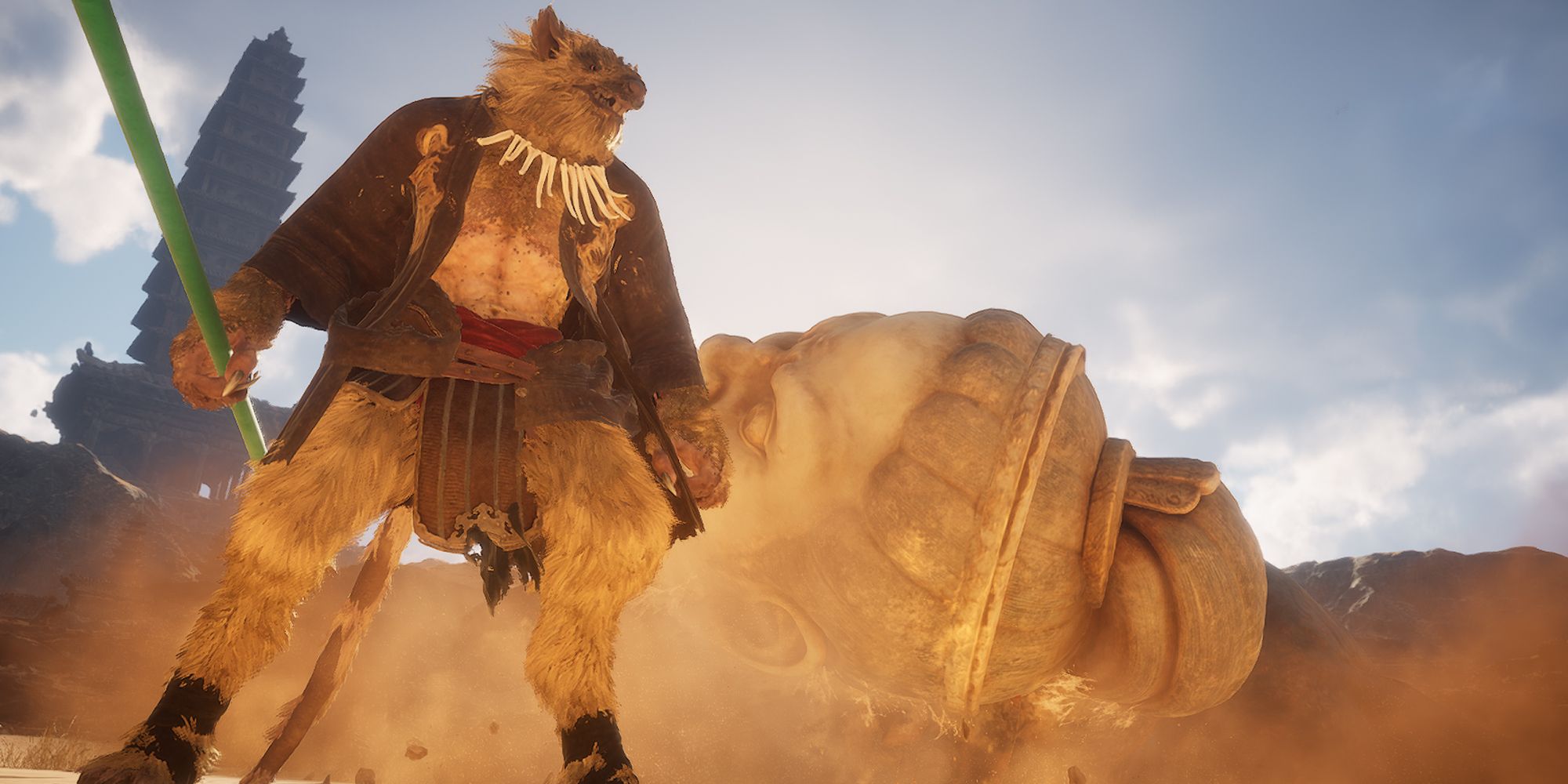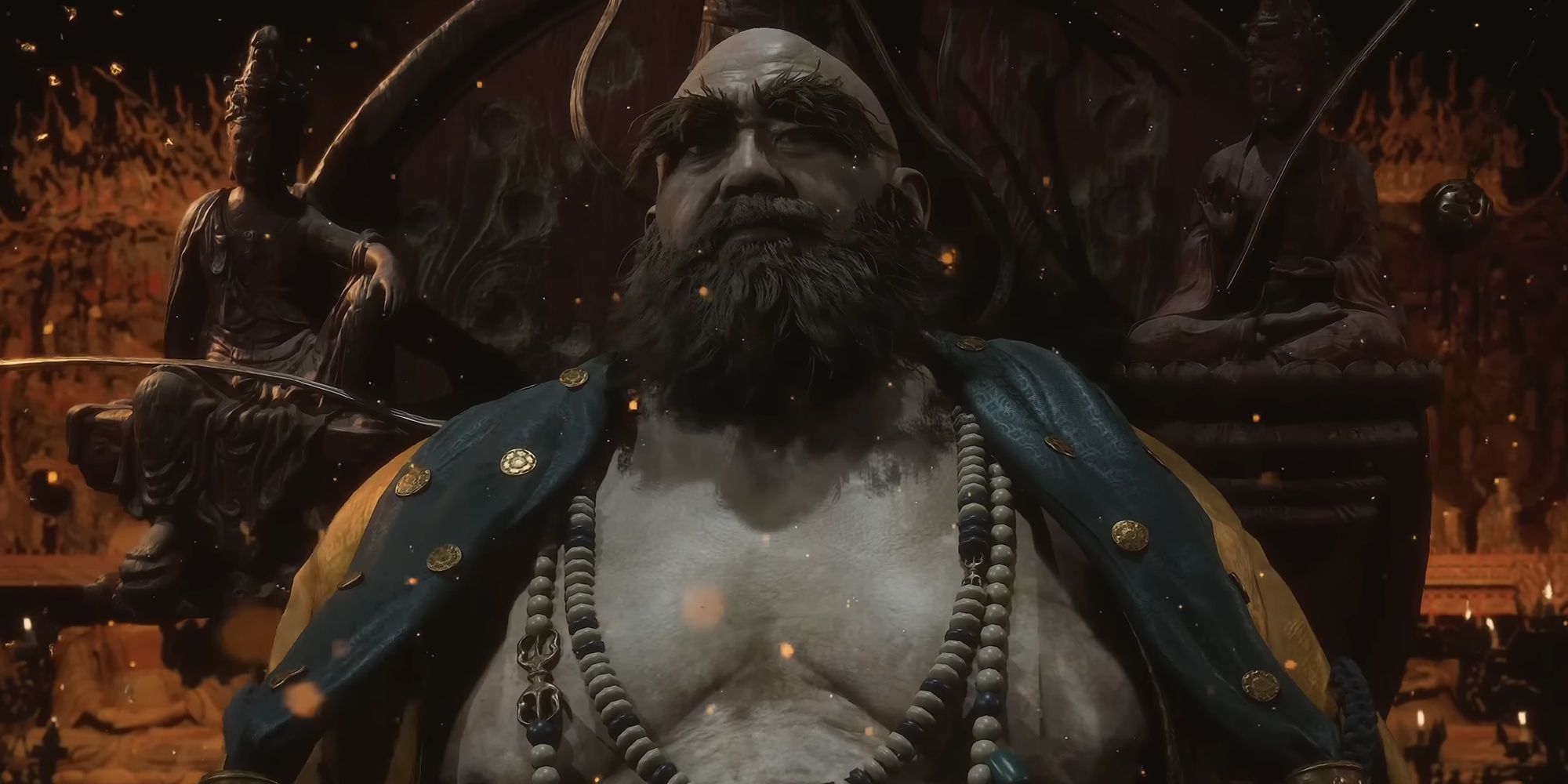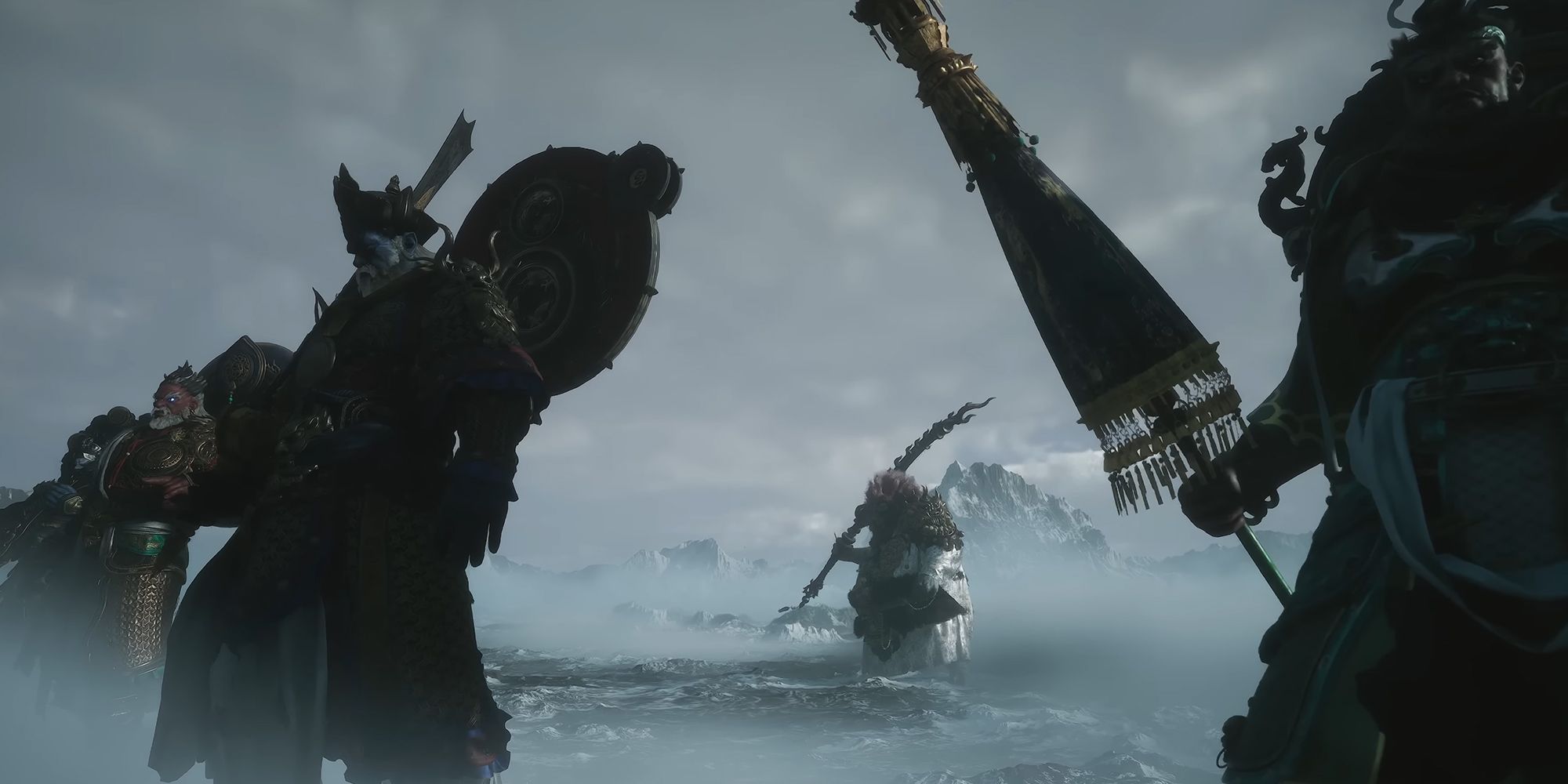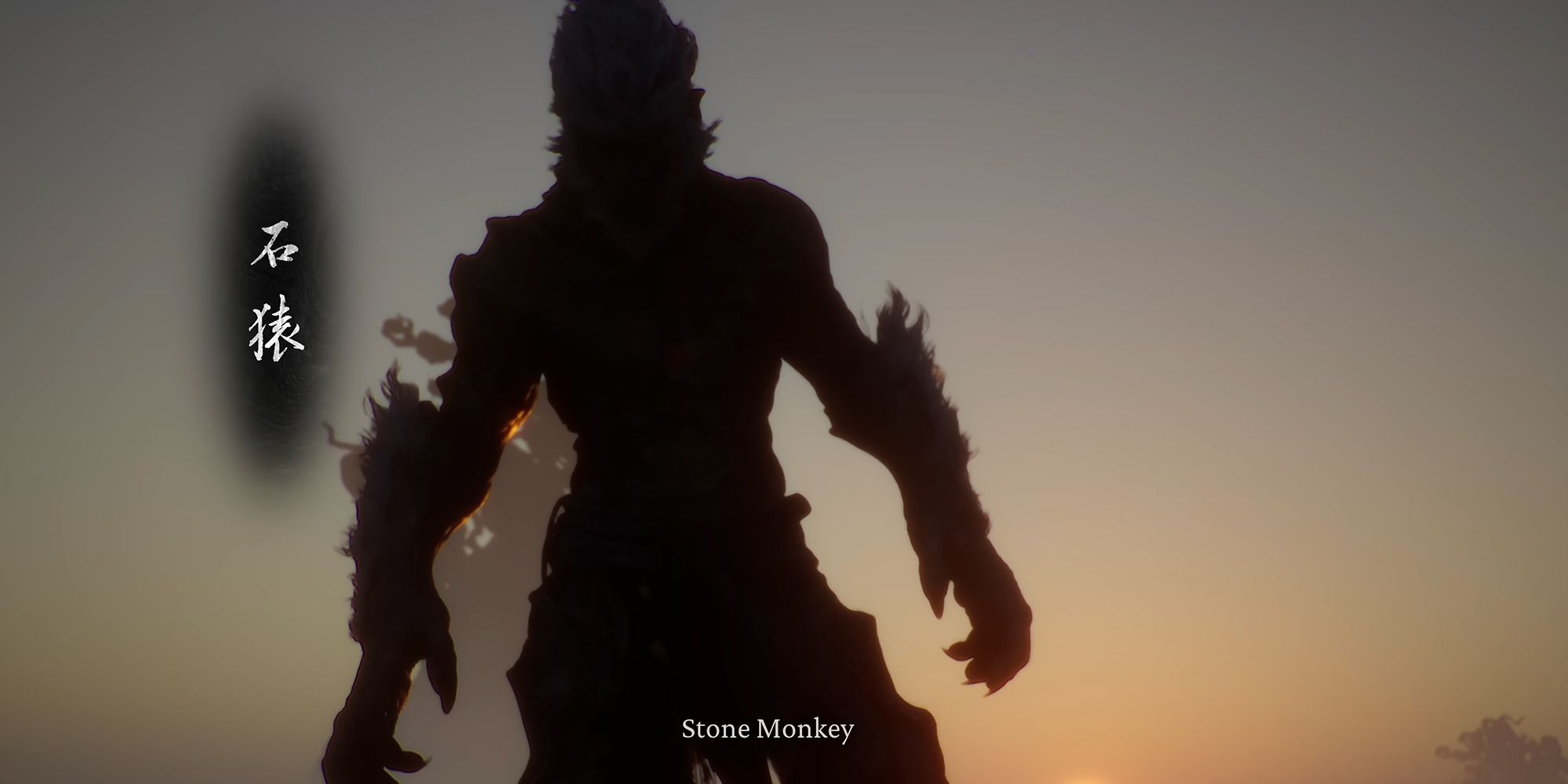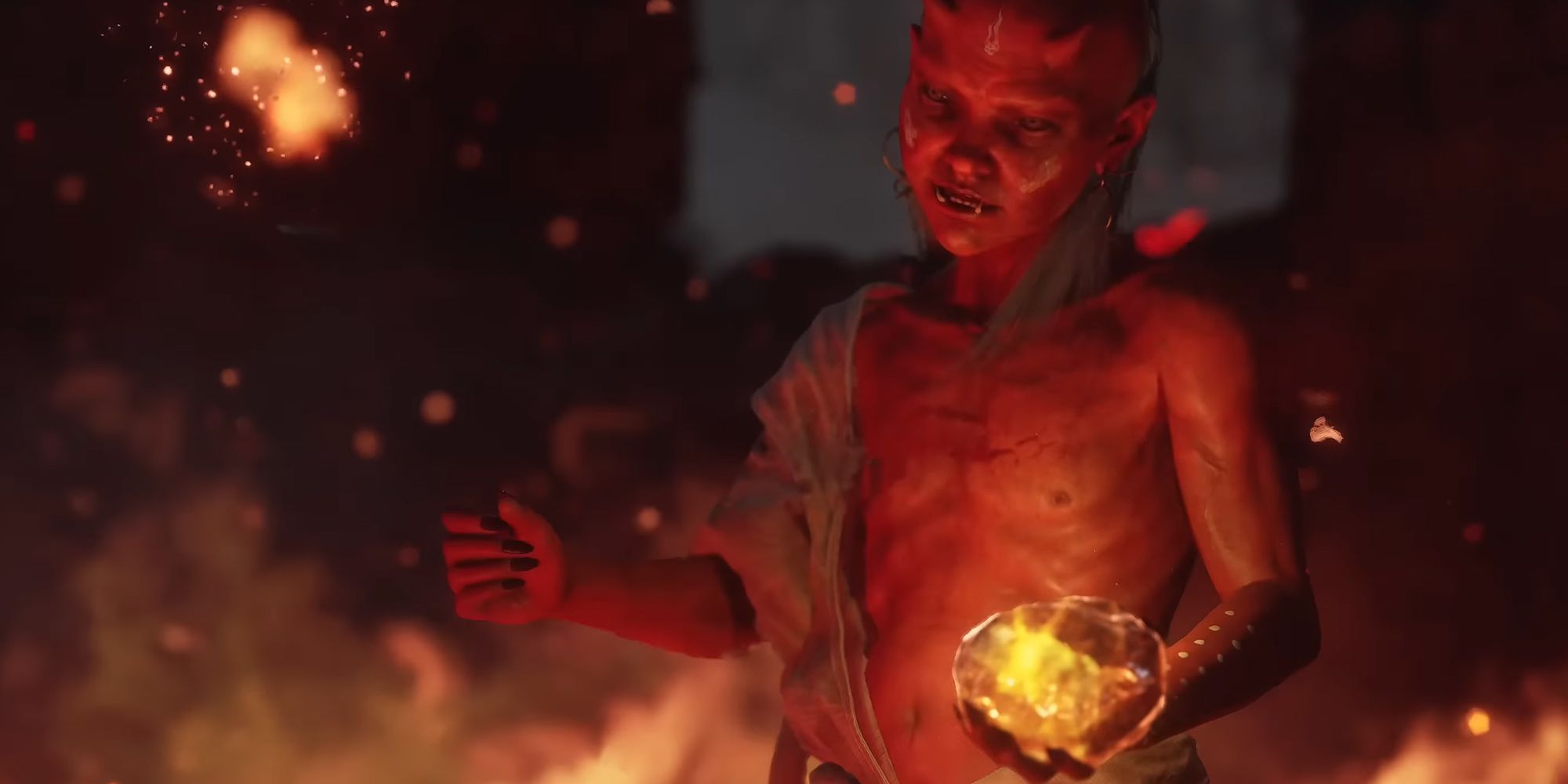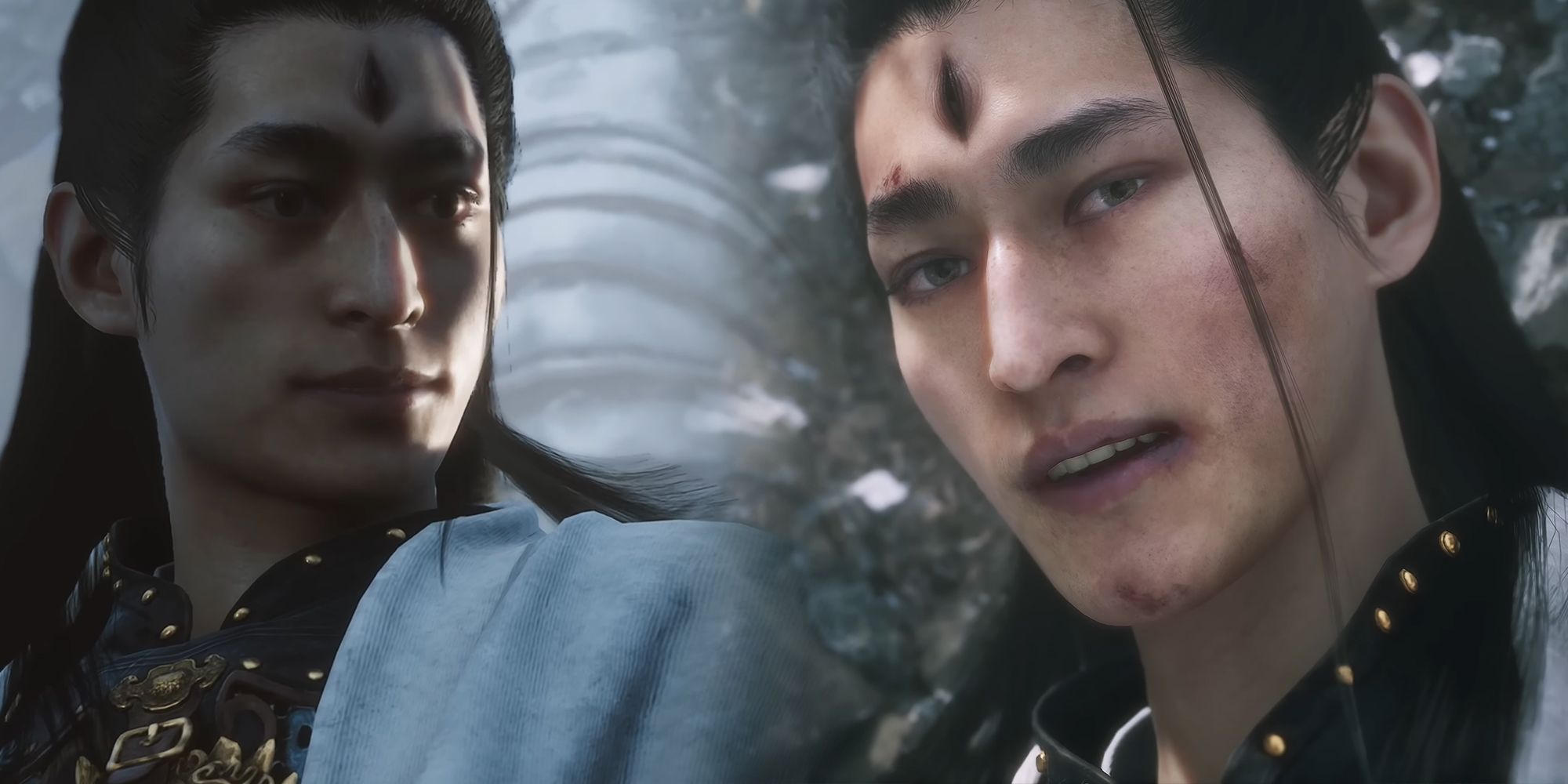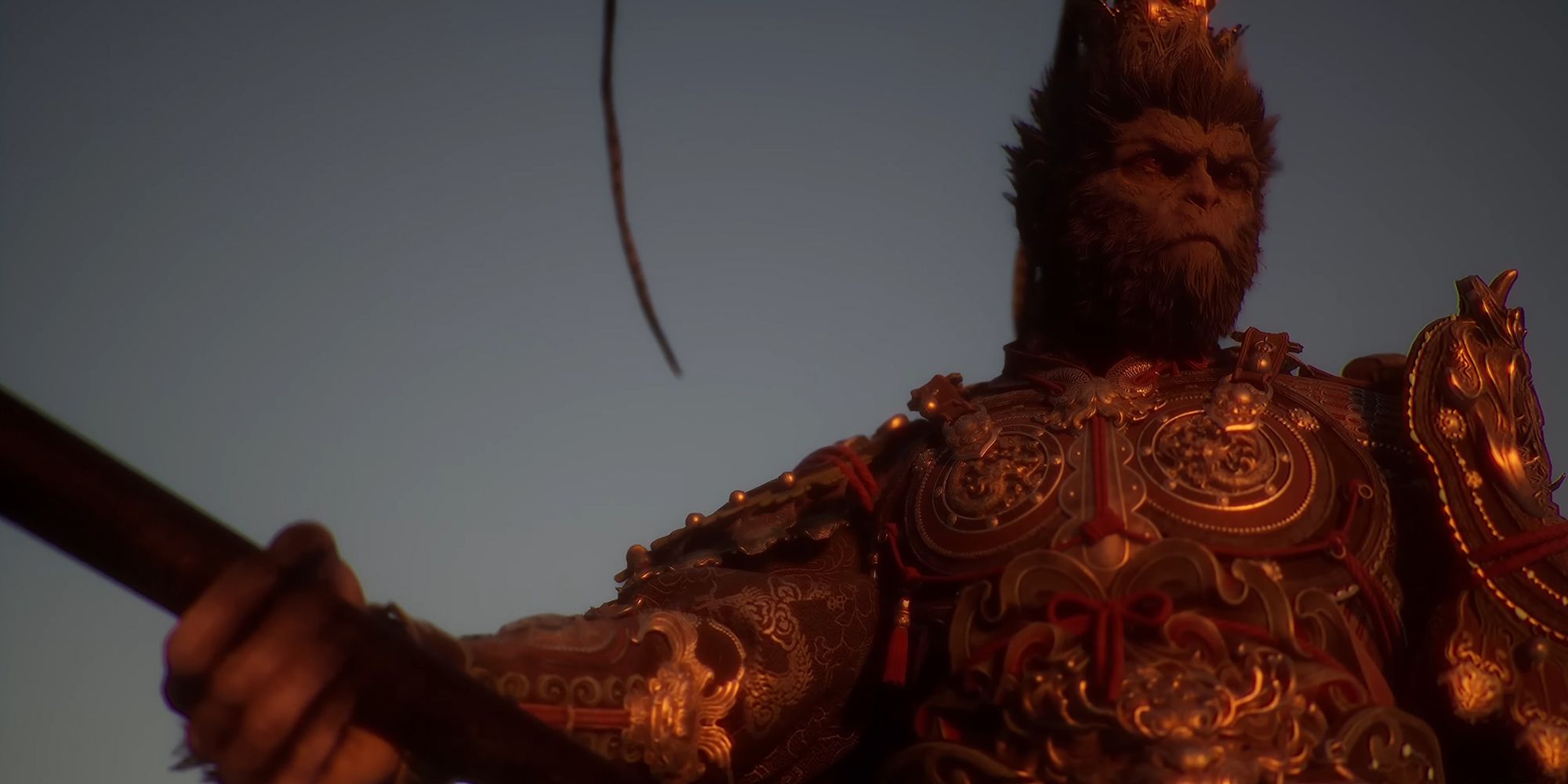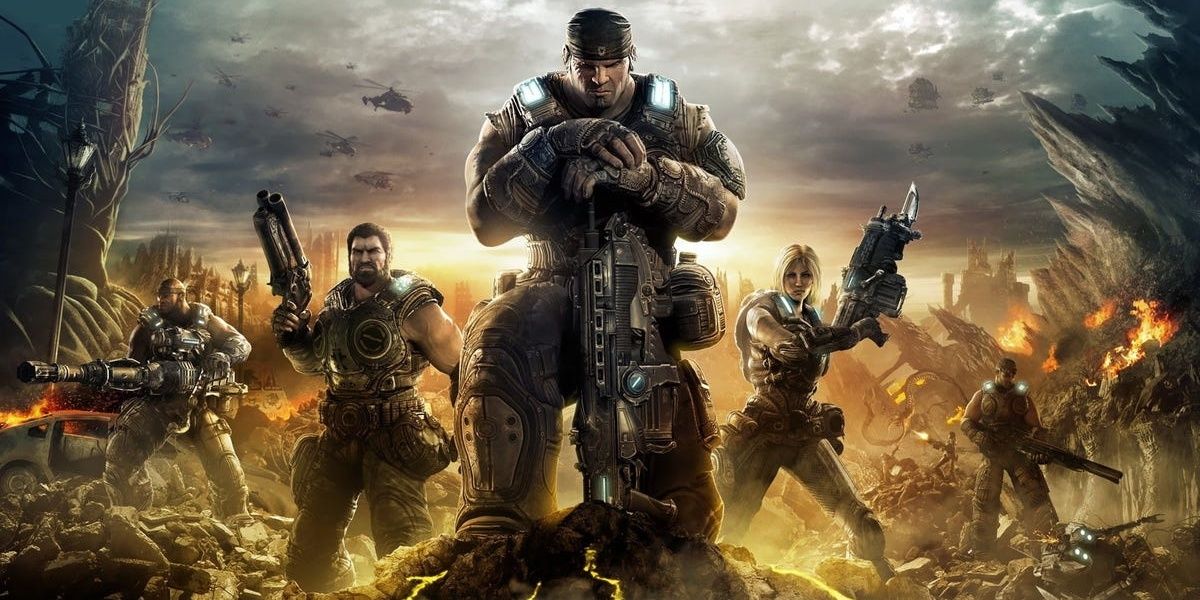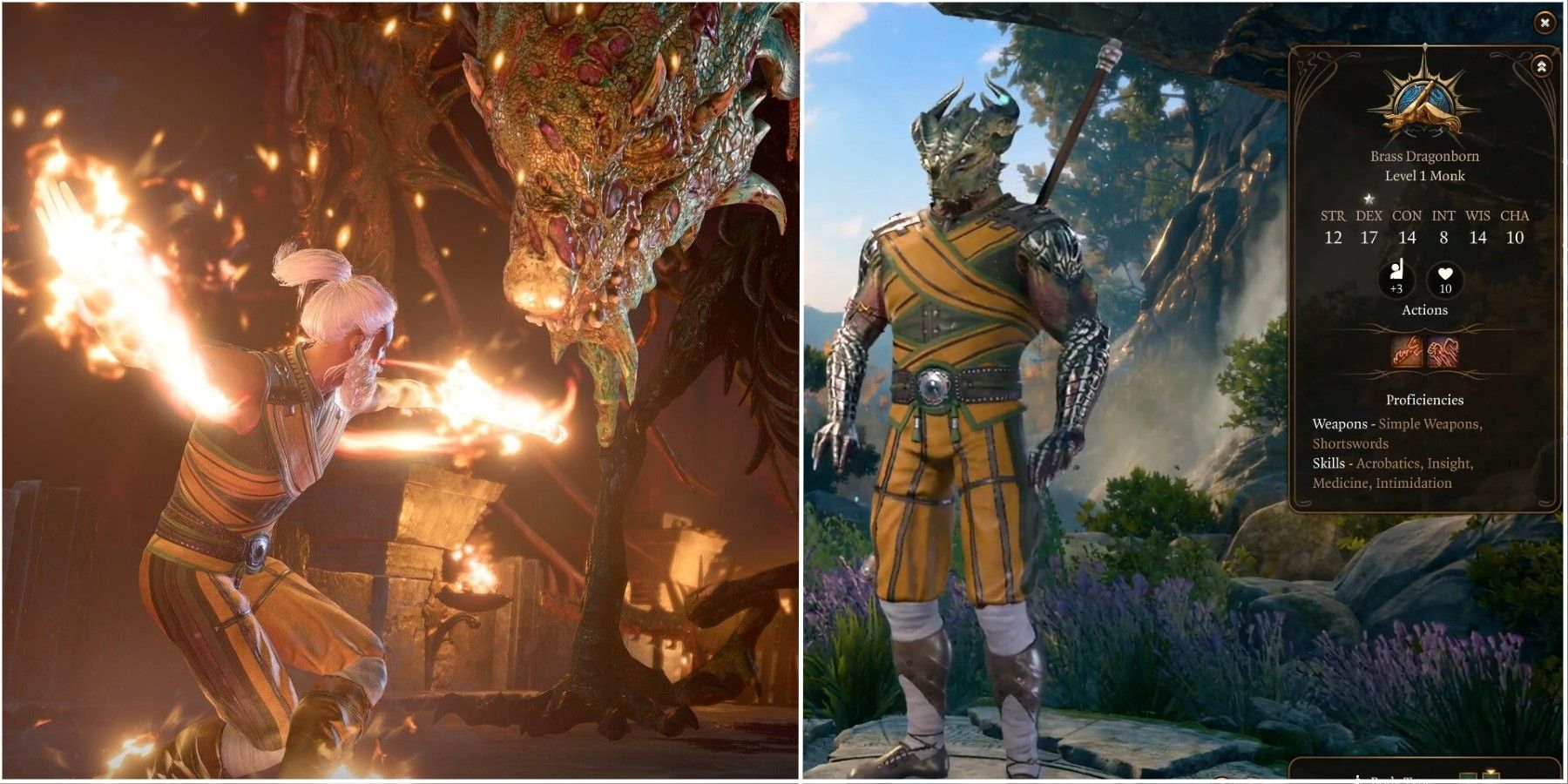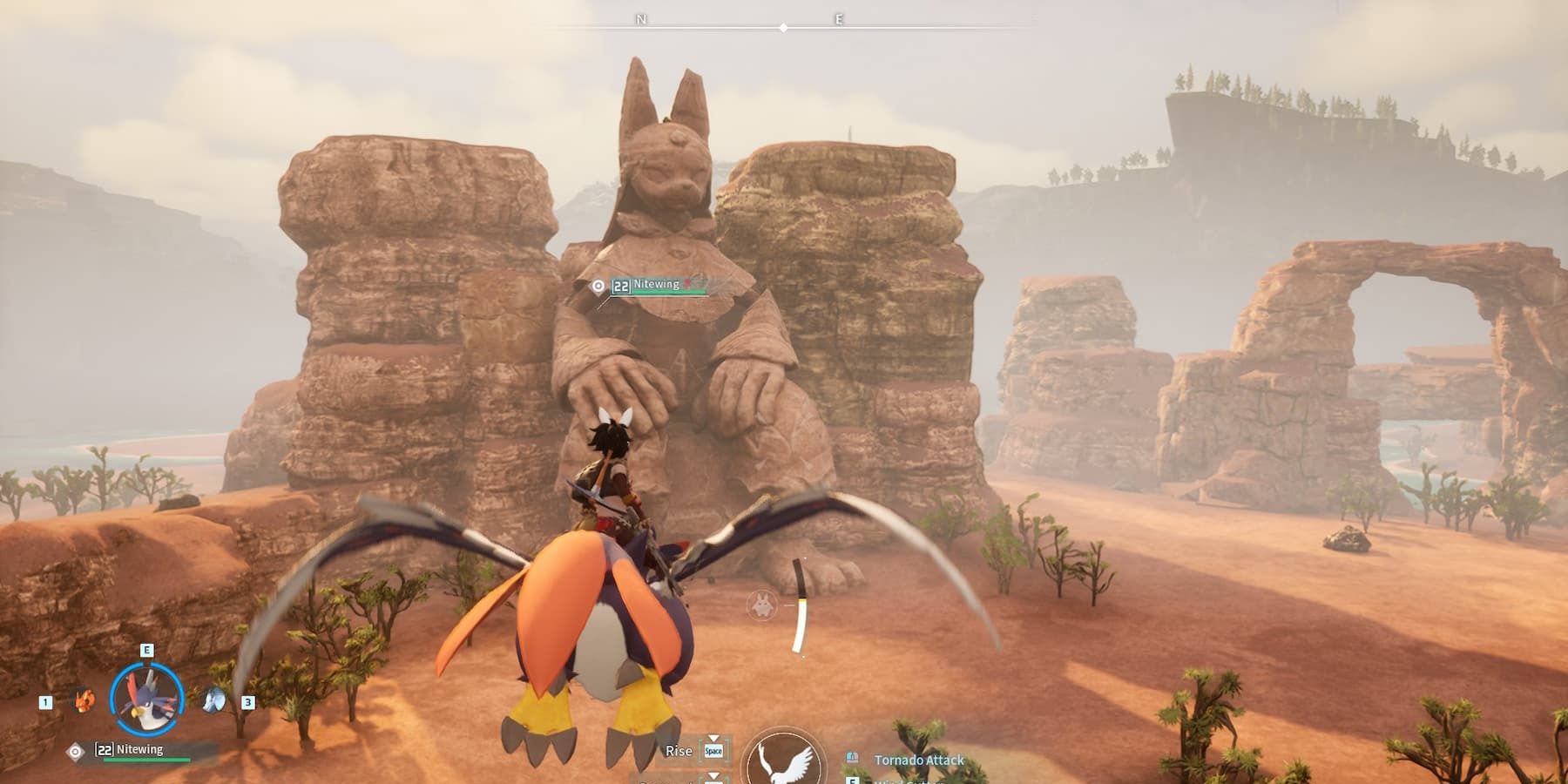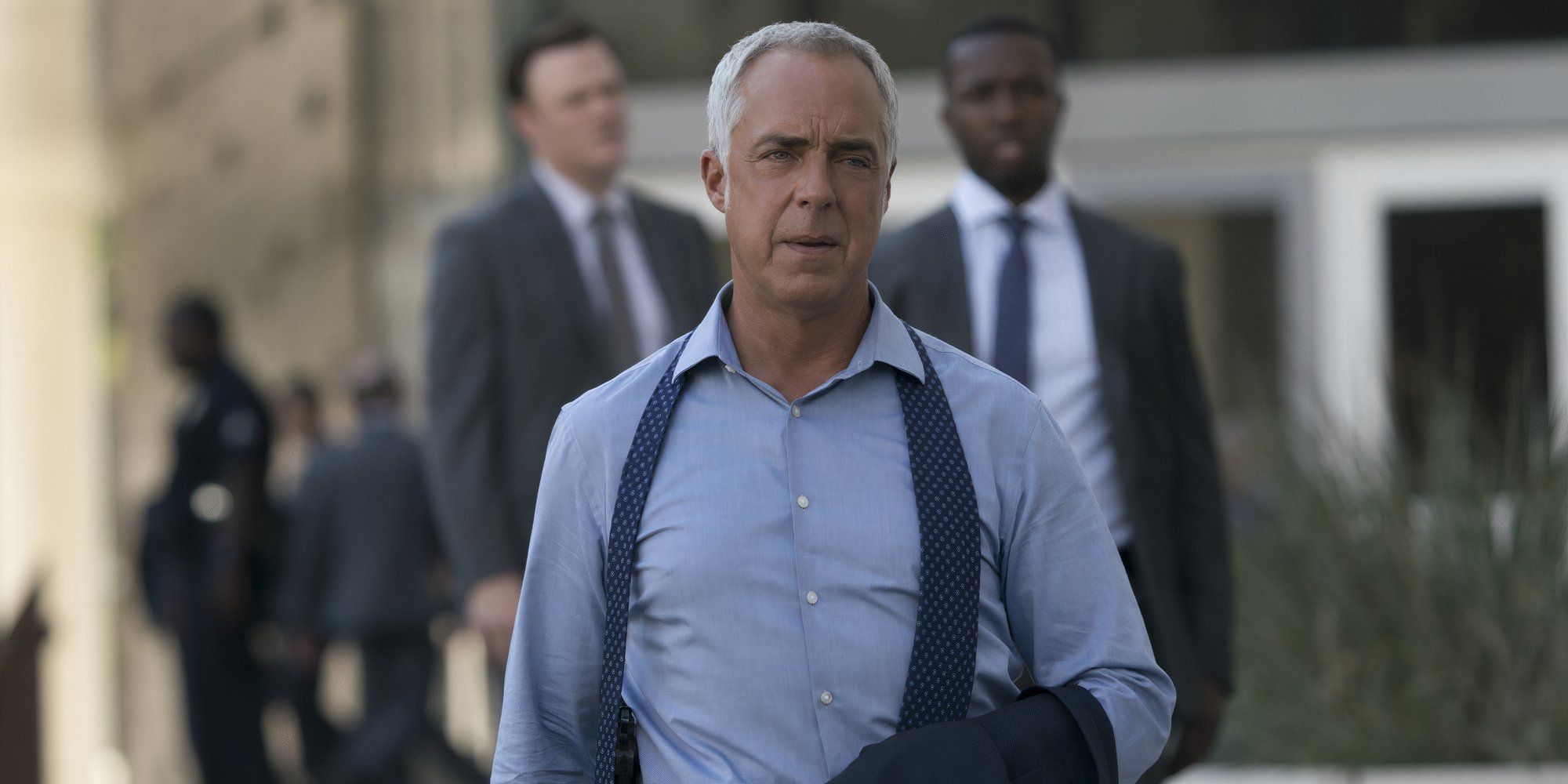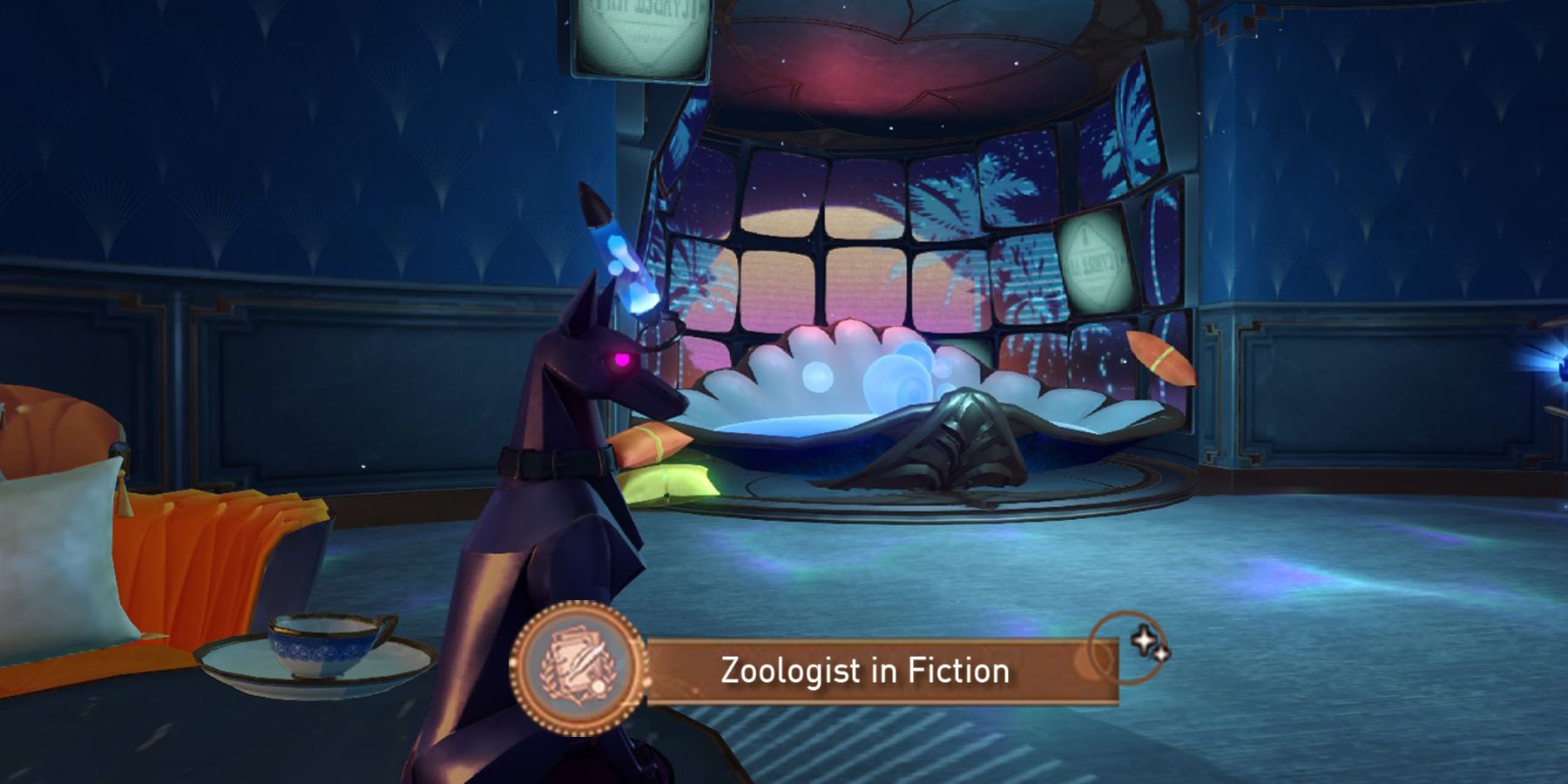Key Takeaways
- Black Myth: Wukong’s bosses have deep lore ties from Journey to the West, adding to the story.
- Boss fights in the game showcase characters’ strength and interplay with the Destined One.
- Each boss in Black Myth: Wukong presents unique challenges and acts as a test for the player.
The bosses in Black Myth: Wukong have a lot going on, both mechanically and in terms of their backgrounds. A large majority of these characters are ones that fans of the original Journey to the West will recognize, as the story of this game takes place after the events of that story.
Because of this, many of the enemies the Destined One will come up against in their adventure to collect Wukong’s relics are returning characters who fans will likely already know a lot about. So, why don’t we take an in-depth look at some of the most powerful bosses in Black Myth: Wukong in terms of the lore and compare them to how tough they are to face, in-game?
10 Black Wind King
Chapter 1
The Black Wind King or Black Bear Guai is the final boss of Black Myth: Wukong’s first chapter and is overall not all that powerful. In fact, most of the events the Black Wind King actually participates in between the end of Journey to the West and Black Myth: Wukong are simply for the sake of reviving his old friends, Elder Jinchi and Lingxuzi (presumably using the relic of Wukong that he came into possessing).
As far as combat power goes, the Black Wind King seems to be relatively strong for a Guai, actually beating Wukong in the original Journey to the West, but this was very early on in Wukong’s journey, and he was worlds weaker back then compared to his strength at the end of the journey. Still, compared to all the other Yaoguais on Black Wind Mountain, he’s the strongest.
9 Fuban
Chapter 2
Next up is Fuban, who is more of a disaster incarnate than a ‘character’, as Fuban acts as a way to punish the people of the Kingdom of Sahali for their lack of faith. More accurately, Fuban punished the people and the Sahali Kingdom itself by destroying it as a result of the King of said Kingdom banning Buddhism, as he felt his citizens respected Buddha more than their ruler. In Black Myth: Wukong, players encounter Fuban as part of the Yellow-Robed Squire’s questline, and he’s the final barrier preventing these players from obtaining the Wind Tamer Vessel.
In terms of combat, Fuban seems to be stronger than the Destined One (at least the version of the Destined One at this point in time) since the destined monkey relies on the help of the Yellow Wind King in order to beat Fuban. But, in comparison to most of the other ‘big name’ bosses in this game, Fuban doesn’t really meet the same standards.
8 Hundred-Eyed Daoist Master
Chapter 4
The Hundred-Eyed Daoist Master is another returning character from Journey to the West and is one of the most obvious clues readers of that story have towards the conflict between Buddhism and Daoism (specifically in regard to this story). As Wukong and his companions are Buddhists and the Hundred-Eyed Centipede Guai is a Daoist, they are naturally at odds, just like how the gods of Buddhism and Daoism are often at odds in the Celestial Court itself.
Now, in Journey to the West, Wukong does defeat the Hundred-Eyed Centipede Guai, but again he requires a lot of help to do so using both a relic called the Weaver’s Needle to debilitate the Yaoguai and he also uses Zhu Bajie as a way of keeping the Spider Guais distracted. So now in Black Myth: Wukong with all this time having passed and one of Wukong’s relics in his hands, the Hundred-Eyed Doaist Master is at the absolute peak of his strength, which is why he serves as the final boss of Chapter 4.
7 Yellow Wind Sage
Chapter 2
Next up is the Yellow WInd Sage, another returning character from Journey to the West and yet another character who absolutely demolishes Wukong on their first confrontation. Due to the Wind that the Sage controls, Wukong isn’t able to utilize his clones effectively and is blinded for a lot of their first fight, putting him at a heavy disadvantage. In fact, the monkey eventually has to resort to having Bodhisattva Lingji help him, and Lingji, enlightened as he is, actually basically defeats the Yellow Wind Sage all on his own.
A lot of these events repeat for a second time in Black Myth: Wukong, a commonly reoccurring theme of this game as it turns out, and the Destined One eventually has Lingji help him at the end of his fight with the Sage. But, in this second fight, the Yellow Wind Sage is stronger than it had ever been in Journey to the West, so defeating him again is even more of an accomplishment for Wukong’s hopeful reincarnation.
6 Yellowbrow
Chapter 3
Yellowbrow is arguably one of the key antagonistic figures of the Journey to the West and a direct disciple of the childlike Buddha that players meet off and on in Chapter 3, that of course being the Buddha Maitreya. Maitreya’s other disciple, Jianchanzi, is personified in Journey to the West by Tang Sanzang, the ‘inheritor’ or ‘reincarnation’ of his ideals, and is in direct opposition of Yellowbrow as the two share entirely opposite views on the world as a whole.
Yellowbrow is an incredibly powerful guai or Yaoguai King, and this can be seen in Black Myth: Wukong very clearly by his multi-phase boss fight. Outside of that, there’s not a ton to say about Yellowbrow’s combat skills, as a lot of his time on screen has more to do with his thoughts on the world and his methods.
5 The Four Heavenly Kings
Chapter 6
The Four Heavenly Kings are technically a part of Erlang Shen’s boss fight, so it’s not all too worth going into much detail about them here, but they are celestial beings that each represent one of the four cardinal directions as well as a few other things:
- North: Ruler of rain, chief of the Four Heavenly Kings, uses an umbrella to fight.
- South: Ruler of the wind, uses an umbrella to fight.
- East: God of music, fights with a pipa instrument.
- West: Ruler of sight, eye in the sky of sorts, fights with a snake/dragon depending on the depiction.
They appear once the Destined One and Erlang Shen are pushed into their massive transformations during their confrontation, and are subsequently beaten by the Destined One before players return to the battle against Erlang. As such, these four beings can’t be all ‘that’ powerful, given that they’re all beaten in short order and all together, but they are celestial beings representing grand concepts, so they are still far more powerful than most Yaoguai in existence.
4 Stone Monkey
Chapter 6
The Stone Monkey in Chapter 6 of Black Myth: Wukong represents a lot of things, and a lot of inferences can be made from this form. This is essentially the empty vessel of Wukong, without any of the relics in it that make him who he is.
Additionally, this more ‘beastial’ form of Wukong has been speculated to represent the money king before the events of Journey to the West, at the height of his power as a semi-mortal being. That’s still incredibly powerful, obviously, a lot more powerful than most, but not the peak of power overall. That level of power is more in line with the second boss fight, more accurately the third and fourth phase of this boss fight, AKA the Great Sage’s Broken Shell.
3 Red Boy/Yaksha King
Chapter 5
The Yaksha Prince, otherwise known as the Prince of the destroyed Yaksha Kingdom at the hands of the Celestial Court, is reborn as Red Boy by the first wife of the Bull Demon King, Rakshasi, and as such is an incredibly powerful Guai. He’s raised by this family as well as Keeper of the Flaming Mountains and is one of the most powerful characters the Destined One fights in Black Myth: Wukong.
His Samadhi Fire technique is exceptionally powerful and is one of the only things that Wukong seemed to actually fear in life, as it could kill Celestials, which might be why the Yaksha were destroyed in the first place. As far as powerful characters go in the lore of Journey to the West and Black Myth: Wukong, Red Boy ranks up there among some of the strongest and is already a fan-favorite boss fight as far as the game is concerned.
2 Erlang Shen
Chapter 6
Erlang Shen is an incredibly well-known character, a primary character in the Journey to the West, and the first actual boss fight in Black Myth: Wukong. As far as overall power goes, not many could hope to stand against Wukong at the height of his power, save for Erlang Shen.
However, even Erlang Shen couldn’t entirely kill Wukong, he says so himself when players eventually speak with him during his secret boss fight in Black Myth: Wukong. This is because Wukong was basically unkillable before the events of Journey to the West, and so after those events it would’ve been almost entirely impossible to kill him. This is exactly why Shen is the one who Wukong trusts to safeguard his Mind Relic, and it’s a bit part of why he’s one of the hardest fights in the game overall.
1 The Great Sage’s Broken Shell
Chapter 6
Finally, the Great Sage’s Broken Shell is very likely the manifestation of Wukong himself at the absolute height of his power, which is exactly why it’s the final barrier preventing the Destined One from inheriting Wukong entirely. This boss serves as the final roadblock for the player in Black Myth: Wukong and is probably holding back quite a bit when fighting them.
After all, given all the things Wukong is capable of at the end of Journey to the West and in the intro cutscene of Black Myth: Wukong, the Destined One should still basically have no chance of winning. So, when it compares to powerful characters in both the lore of the game and in general, the Great Sage’s Broken Shell is at the absolute peak.

/cdn.vox-cdn.com/uploads/chorus_asset/file/23024358/GoogleChromecastwithGoogleTV.jpg)
